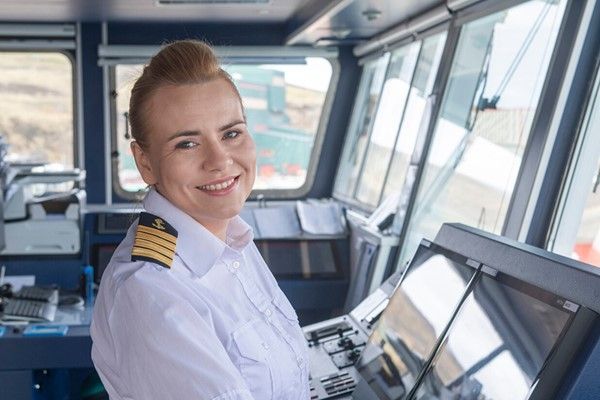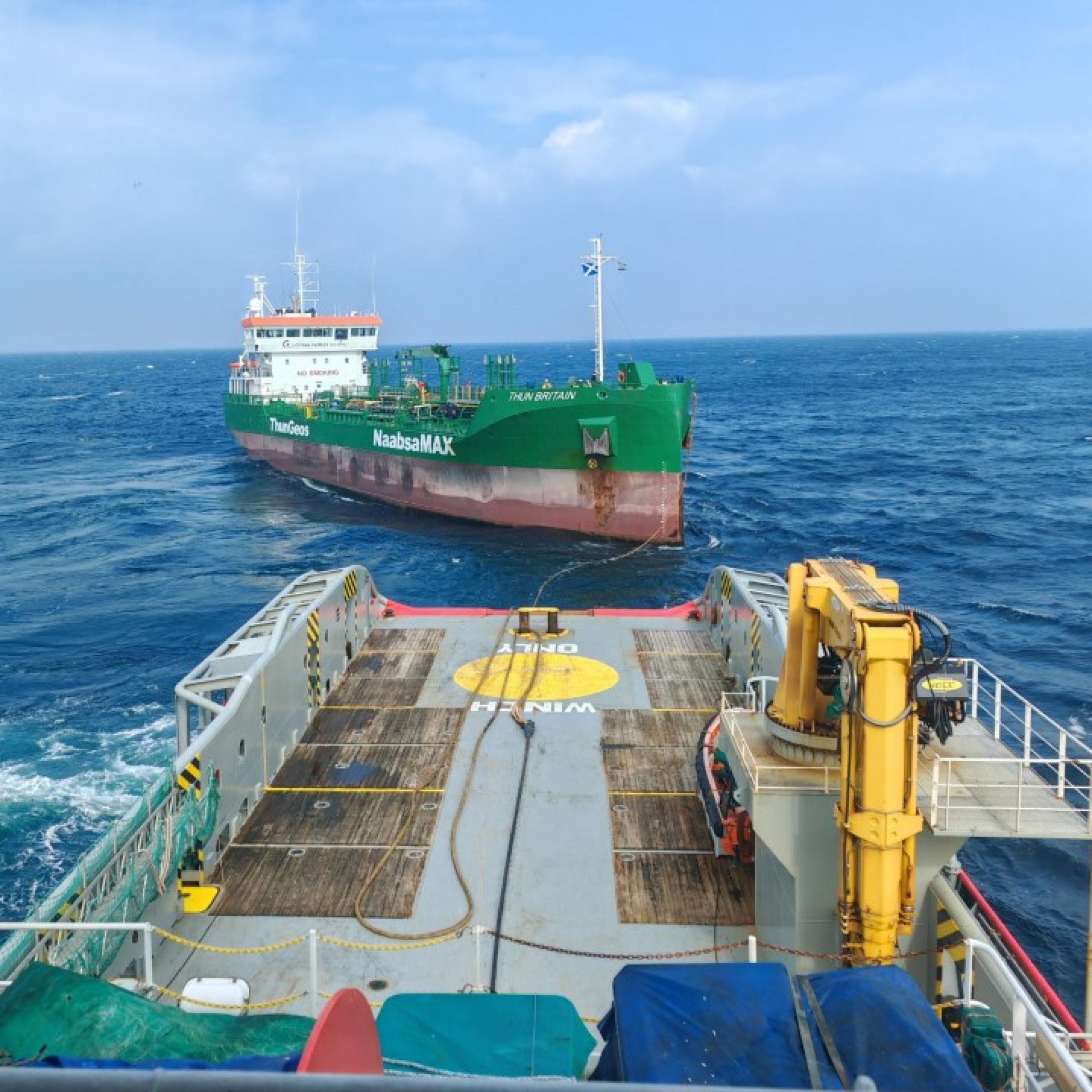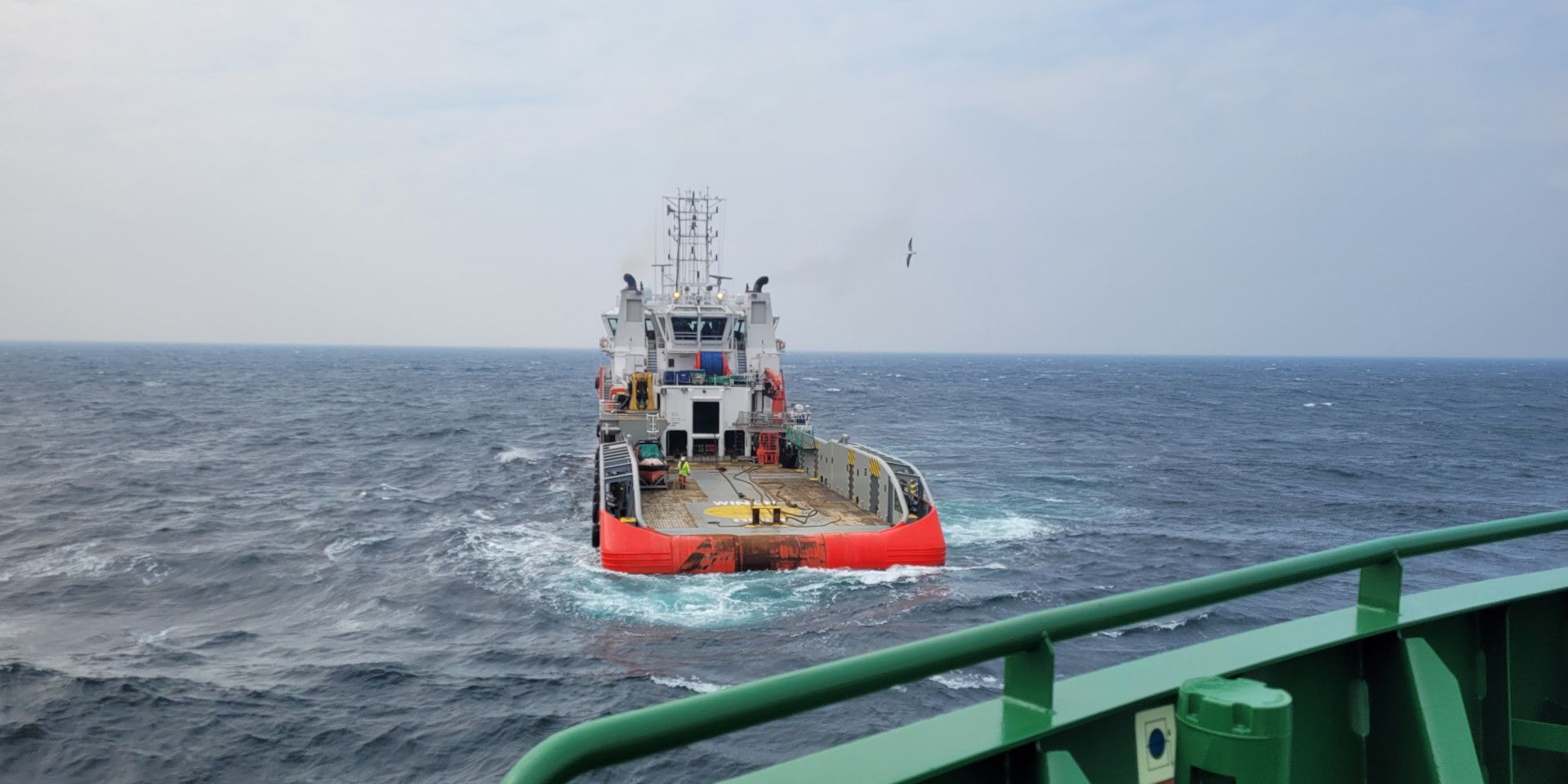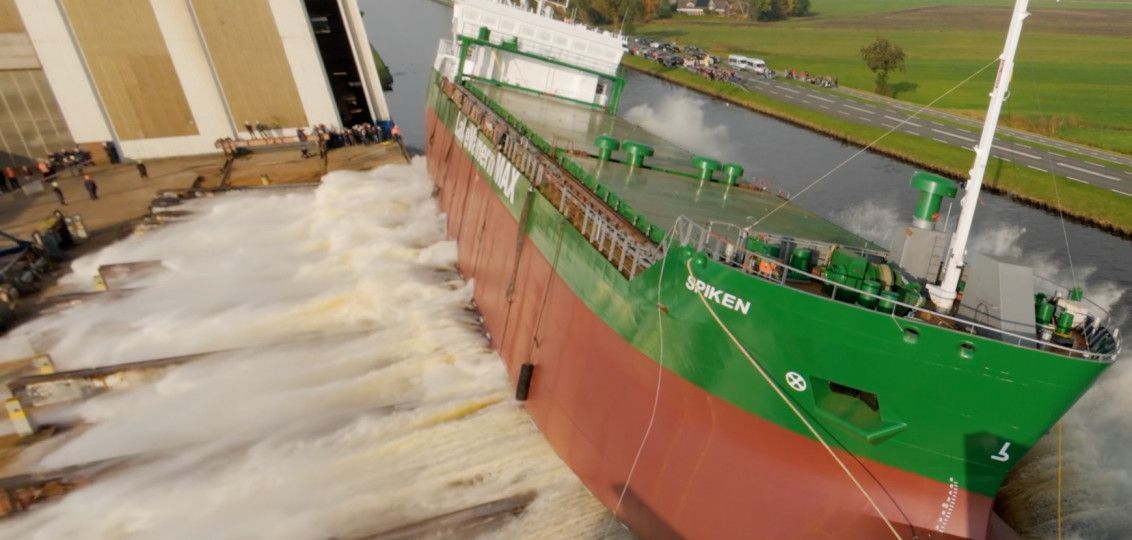Captain on the leash
 The saying goes: “The captain of a ship is second only to God”, so it’s a strange feeling to hand over control of your vessel to someone else. However, for the sake of training and experience, that is exactly what I have done. Now you have the rare opportunity to see a captain “on the leash”.
The saying goes: “The captain of a ship is second only to God”, so it’s a strange feeling to hand over control of your vessel to someone else. However, for the sake of training and experience, that is exactly what I have done. Now you have the rare opportunity to see a captain “on the leash”.
It is almost a year since we received a request from HM Coastguard to organise a towing exercise. Participation in helicopter exercises is quite common, but towing exercises are rather rare.
Although we have an Emergency Towing Booklet on board and conduct theoretical drills every year, this was our first opportunity to practise in real conditions. That’s probably why the idea was greeted with such enthusiasm by the Quality Department, the owner and the charterer.
It was just a matter of when and where. As we all know, a vessel has to make money, and every day that a charter is delayed means a loss. So it wasn’t easy to find time when the ship wasn’t in a hurry to get to its next port of call. Even when we managed to find some time, we were at the mercy of the weather. Weeks and months passed before summer finally arrived. The receiving ports slowed down and reduced their fuel requirements, leaving us a few days between completion of discharge and the next laycans. With that, we informed HM Coastguard that if they were still interested, we were ready!
We exchanged details of both vessels and our Emergency Towing Booklet, and chose a meeting place far from shore, away from shipping traffic and navigational hazards. We drew
up a detailed plan and assessed all the risks involved. The plan was to conduct two exercises: in the first, Thun Britain would act as a NUC (Not Under Command) casualty vessel, although crew assistance would still be available. In the second, the vessel would be completely abandoned and drift as a ‘dead ship’.

At the rendezvous point, the engine was stopped and the vessel soon began to drift free, allowing the tug to approach. First the heaving line was passed from our vessel to collect the messenger line, which was then hoisted by the mooring winch, followed by the towing line, which was secured to the bollard. The crew, led by the Chief Officer, made sure that everything was in place according to plan before clearing the deck to start the first towing exercise. The tug IEVOLI BLACK brought Thun Britain into the wind and began the tow. Once the casualty had been towed back to the vicinity of the rendezvous point, the towline was safely disconnected.

Unfortunately the weather began to deteriorate. With increasing winds and rougher seas, the decision was made to
abandon the second Dead Ship exercise. Although we were pleased with the successful completion of the first exercise, we were left wanting more. We hope that we’ll have the opportunity to practice the second, more challenging version in the future.
Joanna Makal
Master of mt Thun Britain



